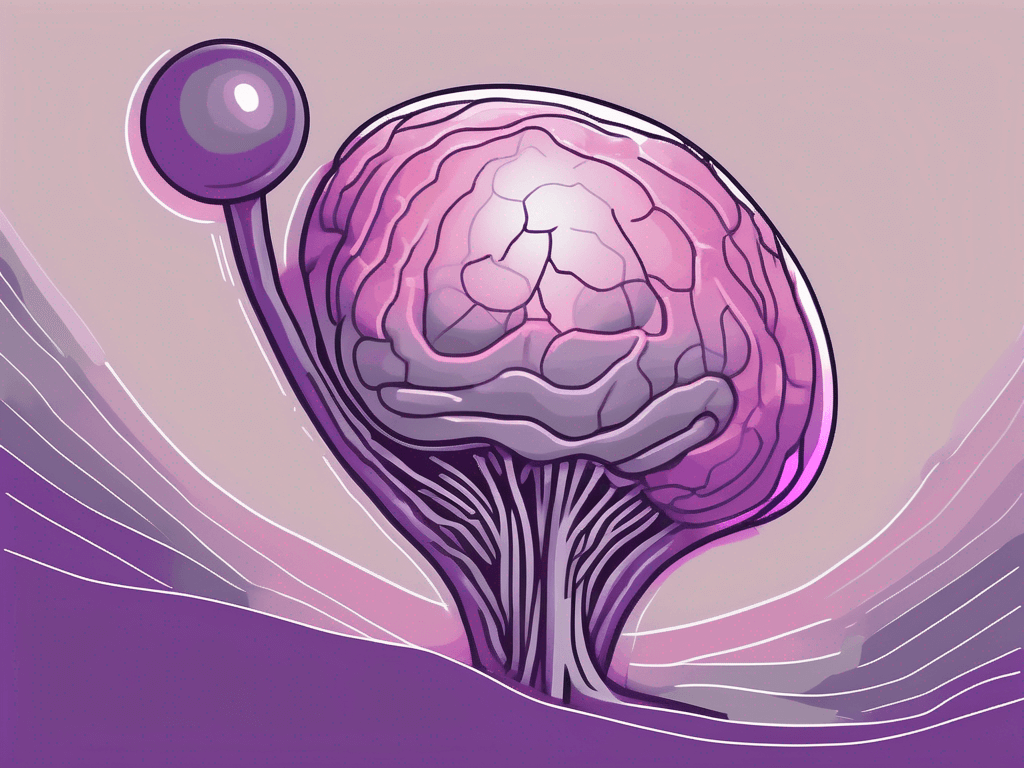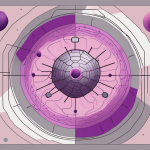Benign Prostatic Hyperplasia (BPH) is a common condition causing urinary symptoms in men as they age. Learn about its causes, symptoms, and treatment options. From medications to lifestyle changes and surgical interventions, this comprehensive guide offers insights to help manage BPH effectively. Consult your healthcare provider to determine the best treatment plan tailored to your needs, ensuring relief and improved quality of life.
Benign Prostatic Hyperplasia (BPH) is a common condition that affects many men as they age. It can cause uncomfortable urinary symptoms and impact your quality of life. However, the good news is that there are effective treatments available to manage BPH and alleviate your symptoms. In this article, we will explore the various treatment options for BPH and help you make an informed decision about the best course of action for you.
Understanding Benign Prostatic Hyperplasia
Before we dive into the treatments, let’s first understand what BPH is. BPH occurs when the prostate gland, which is located below the bladder and surrounds the urethra, starts to enlarge. This enlargement can cause the prostate to squeeze the urethra, leading to urinary symptoms such as frequent urination, weak urine flow, and the feeling of incomplete emptying. BPH is benign, meaning it is non-cancerous, but it can still have a significant impact on your daily life.
What is Benign Prostatic Hyperplasia?
Benign Prostatic Hyperplasia, also known as an enlarged prostate, occurs when the prostate gland grows in size. It is a common condition for men as they age, and while it is not life-threatening, it can cause bothersome symptoms that affect your well-being.
The prostate gland is a small, walnut-shaped organ that is part of the male reproductive system. It produces the fluid that nourishes and transports sperm during ejaculation. As men age, the prostate gland naturally grows larger. This growth is due to an increase in the number of cells within the gland, leading to the condition known as Benign Prostatic Hyperplasia.
While the exact cause of BPH is unknown, hormonal changes that occur with age are believed to play a role. Specifically, an increase in the levels of dihydrotestosterone (DHT), a hormone derived from testosterone, is thought to contribute to prostate growth. Other factors, such as genetics and lifestyle choices, may also influence the development of BPH.
Symptoms and Diagnosis of Benign Prostatic Hyperplasia
If you are experiencing urinary symptoms such as frequent urination, weak urine flow, or the need to strain while urinating, it is important to consult with your healthcare provider. They can diagnose BPH based on your symptoms, medical history, and a physical examination. Additional tests, such as a urine flow study or ultrasound, may be performed to determine the severity of your condition.
It is important to note that the symptoms of BPH can vary from person to person. Some individuals may experience mild symptoms that do not significantly impact their daily lives, while others may have more severe symptoms that greatly affect their quality of life. Common symptoms of BPH include:
- Increased frequency of urination, especially at night (nocturia)
- Weak urine flow or difficulty starting urination
- Feeling of incomplete bladder emptying
- Urinary urgency or the sudden need to urinate
- Dribbling at the end of urination
- Urinary retention or the inability to completely empty the bladder
It is important to remember that these symptoms can also be indicative of other conditions, such as urinary tract infections or prostate cancer. Therefore, it is crucial to seek medical attention for an accurate diagnosis.
Once diagnosed with BPH, your healthcare provider will work with you to develop an appropriate treatment plan. Treatment options for BPH can range from lifestyle changes and medication to minimally invasive procedures or surgery, depending on the severity of your symptoms and your overall health.
Understanding the underlying causes and symptoms of BPH is essential in managing the condition effectively. By seeking timely medical advice and exploring appropriate treatment options, individuals with BPH can regain control over their urinary health and improve their overall quality of life.
Non-Surgical Treatments for Benign Prostatic Hyperplasia
Benign Prostatic Hyperplasia (BPH) is a common condition in which the prostate gland enlarges, causing urinary symptoms such as frequent urination, weak urine flow, and the need to urinate urgently. While surgery is an option for severe cases, there are several non-surgical treatments available that can effectively manage BPH and improve urinary symptoms.
Medication Options
One of the most common non-surgical treatments for BPH is medication. There are two main types of medications used to treat BPH: alpha-blockers and 5-alpha-reductase inhibitors. Alpha-blockers work by relaxing the muscles of the prostate and bladder neck, which can improve urine flow and reduce symptoms such as hesitancy and weak stream. On the other hand, 5-alpha-reductase inhibitors work by reducing the production of a hormone called dihydrotestosterone (DHT), which is responsible for prostate growth. By reducing the size of the prostate, these medications can alleviate urinary symptoms.
It is important to note that medication options for BPH should be determined by a healthcare provider, as the choice of medication and dosage will depend on individual factors such as the severity of symptoms, medical history, and potential side effects.
Lifestyle Changes and their Impact
In addition to medication, making certain lifestyle changes can also play a significant role in managing the symptoms of BPH. While these lifestyle changes may not directly treat the underlying condition, they can help alleviate urinary symptoms and improve overall quality of life.
One simple strategy is to limit the intake of caffeine and alcohol. Both caffeine and alcohol can act as diuretics, increasing urine production and exacerbating urinary frequency and urgency. By reducing or eliminating these substances from your diet, you may experience a decrease in urinary symptoms.
Staying hydrated is also crucial for managing BPH symptoms. Drinking an adequate amount of water throughout the day can help flush out the bladder and reduce urinary irritation. However, it is important to avoid excessive fluid intake before bedtime, as this can lead to nocturia (excessive urination at night) and disrupt sleep.
Furthermore, maintaining a healthy weight and engaging in regular exercise can have a positive impact on BPH symptoms. Obesity and sedentary lifestyles have been linked to an increased risk of developing BPH and worsening urinary symptoms. By adopting a healthy lifestyle, including a balanced diet and regular physical activity, you can potentially reduce the severity of BPH symptoms.
While non-surgical treatments can provide significant relief for BPH, it is important to consult with a healthcare provider to determine the most appropriate treatment plan for your specific situation. They will be able to assess the severity of your symptoms, evaluate your medical history, and guide you towards the most effective non-surgical treatment options.
Surgical Treatments for Benign Prostatic Hyperplasia
If non-surgical treatments do not effectively manage your symptoms or if your condition is more severe, surgical interventions may be considered. These procedures aim to remove or reduce the size of the prostate gland, improving urinary flow and alleviating bothersome symptoms.
Minimally Invasive Procedures
Minimally invasive procedures, such as transurethral microwave therapy (TUMT) or transurethral needle ablation (TUNA), use energy to heat and destroy excess prostate tissue. These procedures are performed through the urethra and typically do not require an overnight hospital stay. Minimally invasive procedures offer shorter recovery times compared to traditional surgery.
Open Prostatectomy
In cases where the prostate is significantly enlarged, open prostatectomy may be necessary. This procedure involves removing the excess prostate tissue through an incision in the lower abdomen. Open prostatectomy is an effective treatment for BPH but may require a longer hospital stay and recovery period compared to minimally invasive procedures.
Comparing Treatment Options
When choosing a treatment option for BPH, it is important to consider various factors, including the severity of your condition, your overall health, and your personal preferences.
Factors to Consider When Choosing a Treatment
Your healthcare provider will guide you through the decision-making process, taking into account factors such as the size of your prostate, the severity of your symptoms, and any other underlying medical conditions. Additionally, your preferences and lifestyle may also play a role. Open and honest communication with your healthcare provider will help ensure that the chosen treatment aligns with your unique circumstances.
Potential Side Effects and Risks
Like any medical intervention, BPH treatments carry potential risks and side effects. These can range from temporary discomfort or pain to more serious complications such as bleeding or infection. Your healthcare provider will discuss these risks with you and help you understand the likelihood and severity of any potential complications.
The Role of Regular Check-ups in Managing Benign Prostatic Hyperplasia
Once you have started the appropriate treatment for your BPH, it is essential to maintain regular check-ups with your healthcare provider. These follow-up visits allow your provider to monitor your progress, make any necessary adjustments to your treatment plan, and ensure that your symptoms are effectively managed.
Importance of Regular Screening
Regular screening and check-ups are crucial for early detection of any changes in your prostate gland and to address any potential complications. Through regular monitoring, your healthcare provider can ensure that your treatment remains effective and adjust it if needed.
Monitoring Progress Post-treatment
Following treatment, it is common to experience some changes in urinary function. Your healthcare provider will assess your progress and provide guidance on what to expect during the recovery process. Open and ongoing communication will enable them to address any concerns and help optimize your overall well-being.
Remember, you are not alone in managing BPH. With the help of your healthcare provider, there are effective treatment options available to improve your urinary symptoms and enhance your quality of life. Take the first step and reach out to your healthcare provider to discuss your options. Relief is within reach, and you deserve to enjoy life to the fullest.






